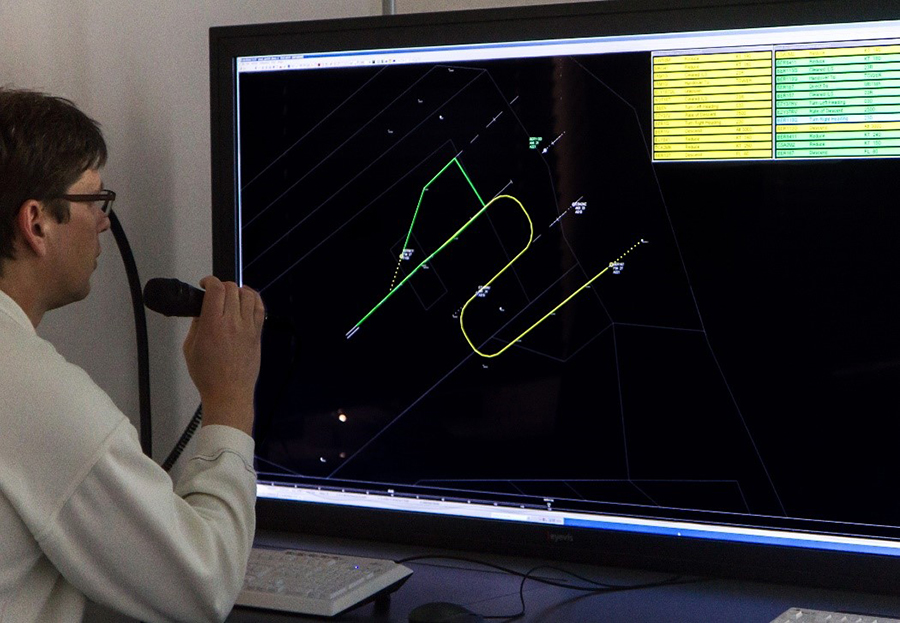Tower controllers reduce workload with enhanced speech recognition
Advanced technology including automatic speech recognition, artificial intelligence and machine learning offer potential enhancements to the controller working position (CWP). Building on work already performed during wave 1, SESAR 2020 is looking at control tower applications of this innovative technology using advanced human-machine interface (HMI) methods of interaction.
The automatic speech recognition (ASR) system transforms audio signals in a sequence of words (speech-to-text) and transcribes this into air traffic control concepts (text-to-concept). This can be supported by a command hypothesis predictor to create an assistant-based speech recognition (ABSR) system. The ABSR figures out a set of possible command hypotheses derived from the contextual knowledge (surveillance data, flight plans, meteorological data, routing information etc.) to assist and speed up the speech recognition engine in choosing the right recognition hypotheses. This increases the command recognition rate and minimises command recognition error of standalone ASR.
The command hypothesis predictor that periodically receives contextual information can be supported by artificial intelligence and machine learning and used to predict possible future controller commands based on a machine-learned command prediction model on historic surveillance and speech data. The recognized commands are presented on an HMI for further acceptance or eventual correction by the controller.
BENEFITS
Increased efficiency
Improved human performance

